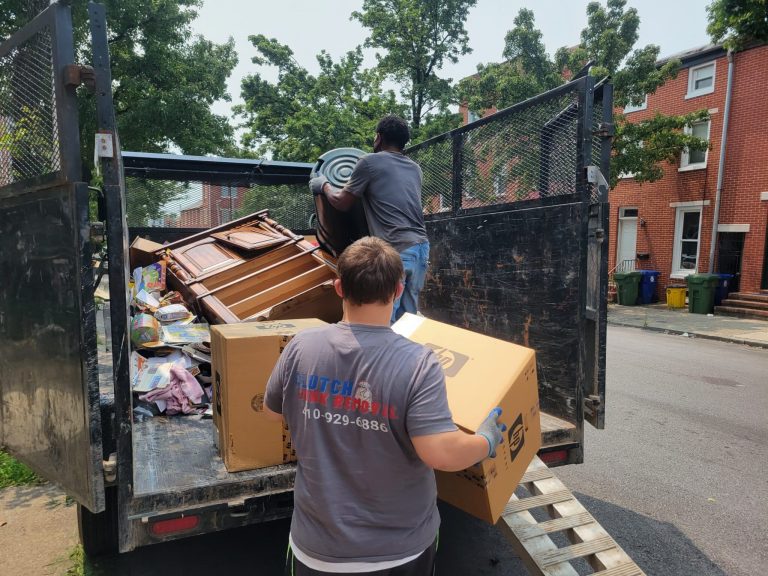Some people say that tarot cards are a form of fortune telling. But others argue that the best tarot reading provide insight and help clarify questions about the future.
The truth is, tarot cards don’t just tell the future or provide only one piece of information. Tarot cards can provide insight into a person’s life—and often lead to clarity around a question or issue. The Empress card might represent fertility, for instance, and the Knight of Swords might signify change is on its way, so it’s not always clear cut as to what they may mean because they can be interpreted in drastically different ways depending on what someone is looking for.
What is tarot?
In the simplest terms, tarot cards are pictures of certain people, objects and events. They don’t tell you what to do. They don’t give you advice. They’re just another way for you to look for answers to some of life’s big questions about the future.

How did the tarot cards get started?
Tarot cards originally came from a deck that was created in 15th century Italy. It was called Tarot de Marseilles and it changed little over the centuries.
What are the different kinds of tarot cards?
The major arcana and the minor arcana are the two types of cards. The major arcana has 22 cards and the minor arcana has 56, which includes four suits (which all have 10 numbered cards and four court cards). The court cards represent different personality types in a person’s life (queen, king, knight and page/jack).
How are tarot readings done?
There are many ways to do a tarot reading. Some people prefer to use only one deck while others want to use multiple decks at once. Some readers have a specific way they like to shuffle and lay out the cards while others may leave it up to the client to do it.
Here, we’re going to focus on one way that tarot readings are done, but this is simply one example. If you want to learn more about other ways of doing readings, check out this article for an indepth look at various tarot reading techniques.
How do you pick your cards?
To begin a reading, shuffle your deck three times. This doesn’t need to be done delicately—just get them mixed up so all of the cards are jumbled together.
Once you’ve shuffled them, cut the deck into two piles. Then turn the top half of the deck face-down and put it to the side or on another surface. You’ll need to use these cards later.
Next, take the other pile and spread them out in a face-down line in front of you so that they’re all touching each other. Now, pull out one card at a time from left to right and lay them out left to right in a line.


























